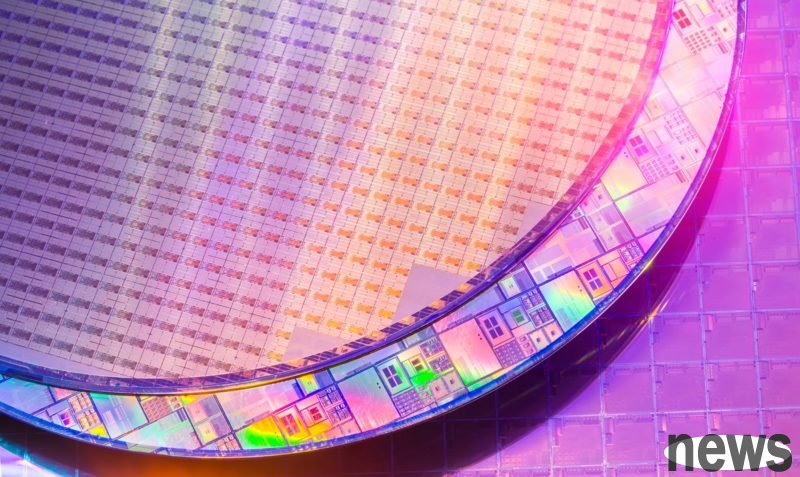
Japan Economic News Report, Japan has maintained a leading position in power semiconductors for a long time, but Chinese emerging companies are rising rapidly, and their advantages are facing severe challenges. The Japanese government invested $1 billion to support its semiconductor industry, but with industry integration and strategic coordination, Japanese manufacturers are slow to move forward, which has cast a shadow on the prospects.
Although Japan's power semiconductors are not as eye-catching as artificial intelligence-related logical semiconductors and memory, they are key components for applications such as Internet and electric vehicles. Functions are similar to electric water dragon heads, and are responsible for controlling current. Advanced products can greatly improve energy efficiency. For Japan, where energy imports depend on 90% of the time, the importance of power semiconductors is self-evident.
There are five major power chip manufacturers in Japan, including Mitsubishi Electric, Fuji Electric, Toshiba, Rohm (ROHM SEMICONDUCTOR) and Japan Electric (DENSO), but the global market share is less than 5%. Dongzhi and Rome plan to deepen cooperation, but except for some joint manufacturing, the progress has been suspended. Rom invested 30 billion yen (about 2 billion US dollars) in 2023, hoping to expand the use of electric vehicles and industrial applications through resource replenishment, but larger-scale cooperation has not yet been launched.
Rom reported a 5 billion yen net loss in the 2025 financial year, which is the first to be seen in 12 years. The reason is that the electric vehicle market is in fierce competition with China, making it difficult for its silicon carbide (SiC) chips to make profits. Ruisa Electronics saw a huge 17.53 billion yen in the first half of 2025 and announced its withdrawal from the SiC market. Experts believe that Japanese businessmen overestimate domestic electric vehicle demand and global competition are important reasons for the dilemma.
Chinese New Energy manufacturers are accelerating their entry into the market by relying on cost and price advantages. For example, Tianke Heda and Tianli Advanced have entered the SiC substrate field, and the lower energy cost allows China to supply relevant semiconductors at a more competitive price. In particular, energy costs account for as much as 30% to 40% of the substrate manufacturing, and this difference has become China's key advantage.
Chinese manufacturers adopt a division of labor business model, focusing on specific processes, and their efficiency is often better than the Japanese traditional vertical integration (IDM) model. Industry insiders pointed out that China has almost led the silicon carbide substrate market, making it difficult for Japanese companies to be beneficial in this field. In addition, China's large electric vehicle market provides a lot of demand, allowing its manufacturers not only to reduce costs by scale-up production, but also to continuously improve products through customer data. In this way, according to market experts' estimates, the gap between Japan and China in general power semiconductors is only one to two years left, and it is no more than three years in the SiC field. If it cannot be met in time, Japan's leading position may be insured.
The Japanese industry generally believes that integration is a necessary path to resist China's competition, but it is difficult to achieve it truly. Because the company has wide range of product lines and is very confidential about specialized technologies, it is difficult to achieve cooperation. In addition, each company has similar market share and different advantages, and lacks clear leaders, which makes it impossible for those who lead the integration to achieve the final result. Even though the Japanese government has promoted coordination many times, such as the Ministry of Economic Industry (METI) in 2024 to strengthen cooperation between design and manufacturing cycles, and announced the provision of 70.5 billion Japanese dollars to support Fuji motors and power installations, and an additional 129.4 billion Japanese dollars to support Luo Mu and Dongshi cooperation. However, these amounts are far from the government's investment in cutting-edge logical chip plans such as Telco or Rapidus.
Recently, the company has acquired about 5% of Rom's shares and started SiC chip cooperation with Fuji Electric, and Mitsubishi Electric has also launched actions such as finding partners. The industry is looking forward to bringing more reorganized machines in this way. However, analysts remain cautious about this, believing that the differences in corporate culture and fierce competition will make the road to integration bumpy. Therefore, some experts compared the current situation to the logical chip market in the late 1990s. At that time, the world moved from a vertical integration model to a professional division of labor, giving birth to large crystalline foundry factories such as Taiwan Electric, while Fujitsu, NEC, and Hitachi, which failed to adjust in time, gradually withdrew. Nowadays, the power chip industry is at a similar turnaround. If Japan does not respond to the change, history may be repeated.
